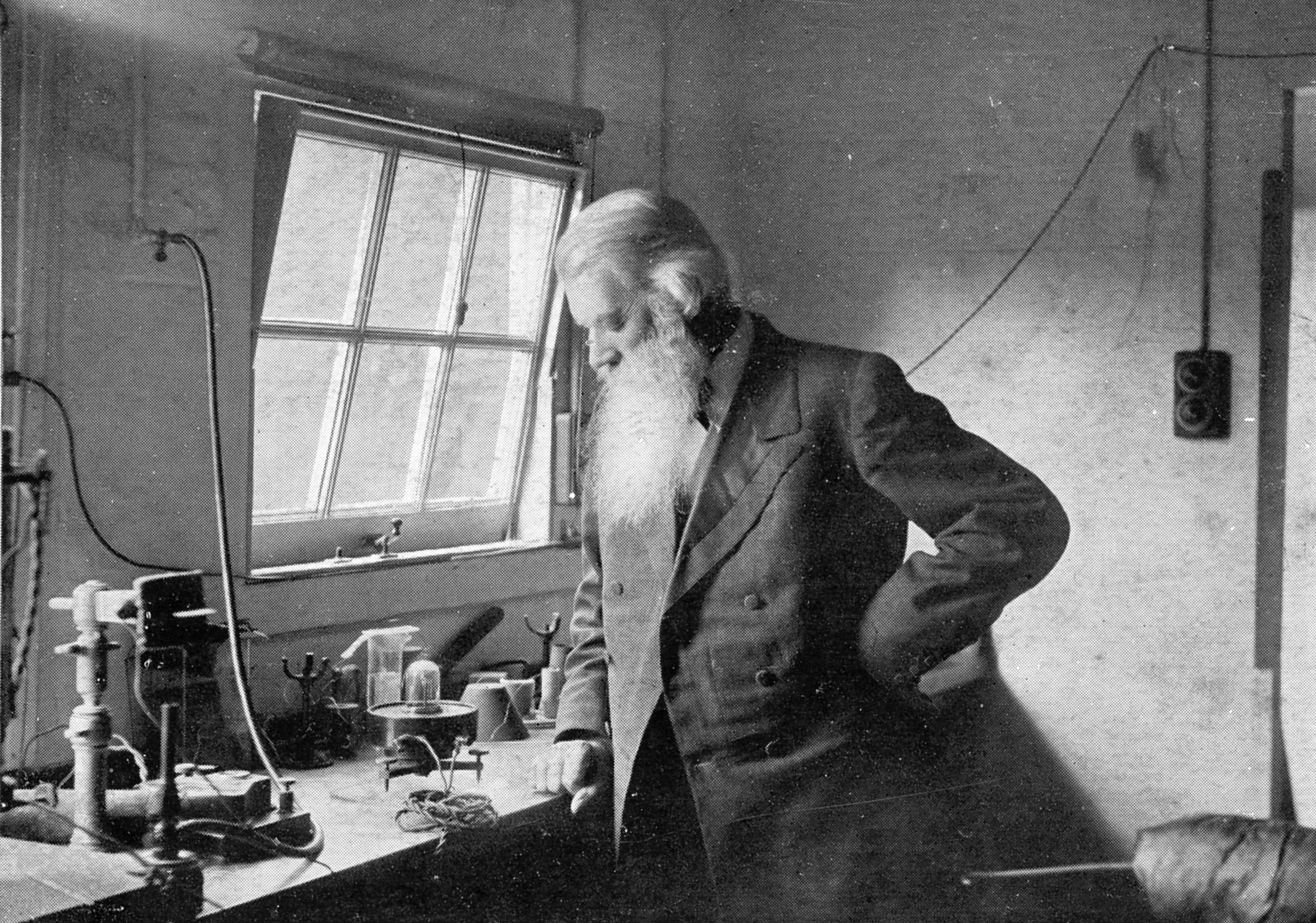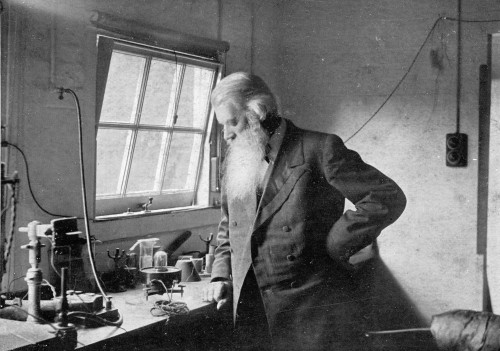
Bright spark Brit Joseph Swan and the future of lighting
As well as being in great company of British inventors with awesome beards (read back through the previous editions of this series here!), Swan is yet another Brit who brought to life an idea which changed the world…
Ping! Joseph Swan, hailing from the North East of England, is the man we Brits credit as being the rightful inventor of the incandescent lightbulb.
It took him the best part of four decades work to get there and I for one, writing this on a drizzly grey ‘summer’ evening with the room lit by enough bulbs to let me at least pretend summer hasn’t abandoned us already, think it was totally worth the effort.
He started its development back in 1850 – working with carbonized paper filaments in an evacuated glass bulb. By 1860 the product had developed, but a lack of vacuum and power meant an inefficient bulb that didn’t last long.
Swan continued its development when new technologies became available, and he was eventually able to demonstrate his creation on 18th December 1878 at a lecture in Newcastle. But after burning with a bright light for a few minutes, the lamp broke down due to excessive current. Smooth. Crumbs of comfort for start-ups perhaps, if you’ve ever mucked up during a pitch…
After securing the patent in 1880, Swan then laid claim to owning the first building in the world to be lit by lightbulb – his home in Gateshead. The following year in 1981 he would start the Swan Electric Light Company, and the rest is history.
OK, a couple things we need to clear up here. Eagle-eyed historians will point out there are a long list of other inventors laying claim to the humble lightbulb who pre-date Swan. I’ll argue Mr Swan was the plucky chap who deserves the credit, given he was able to successfully commercialise the idea, and for his sheer perseverance.
Some of the American folks out there may cry: “Oi! Thomas Edison invented the lightbulb!” Well I’m sorry distant cousins, you’re also wrong – do the maths.
Both inventors were working on designs for light bulbs, but our man Swan patented the design 10 years before his American compatriot. Edison simply tried to improve on the design, but landed himself in hot water in the process.
Edison was sued by Swan for patent infringement, and he was forced to make the Brit a partner in his electric company as a form of punishment. Naughty.
It’s estimated there are around 12 billion light bulbs in the world today. How many Englishmen would it take to change all of those? (OK, bad joke).
We don’t really notice lightbulbs until they break. But then imagine a world without them. We’d have to light our offices, our streets and our homes by burning stuff. Pretty bleak!
As we *switch-on* to the Internet of Everything (and my awesome lighting puns) you realise the huge opportunity to change the way we look at lighting.
Think about the huge costs associated with lighting entire buildings, as well as the hassle of having to change individual light bulbs when they break.
By connecting lights to the Internet, we can open up some big savings for businesses, homes, and anyone who uses light bulbs. So unless you live in a cave, just about everyone then!
The guys working at amBX (a start-up based at our innovation centre IDEALondon) are working on a solution for just that.
Through Connected Lighting (the new name for Internet of Things (IoT) enabled lighting) they want to ‘change the way the world uses light’.
And one area they are exploring goes beyond just making lighting more efficient.
They believe that lighting can actually be used to improve our well-being and productivity in the workplace, simply by making a subtle change in the colours of light.
It means you can align office lighting with what’s known as our natural ‘circadian rhythm’.
What it means/what Google tells me, is that these are the physical, mental and behavioural changes that follow a roughly 24-hour cycle, responding primarily to light and darkness ‘in an organism’s environment.’
Blue light, for instance, is a bit closer to the bright early morning light which causes your body to wake up.
This is also why a late night binge on World of Warcraft is bad for your sleep, because laptops and iPads give off the same blue light and it keeps your brain awake. Who’d have thought it?
Tags:



